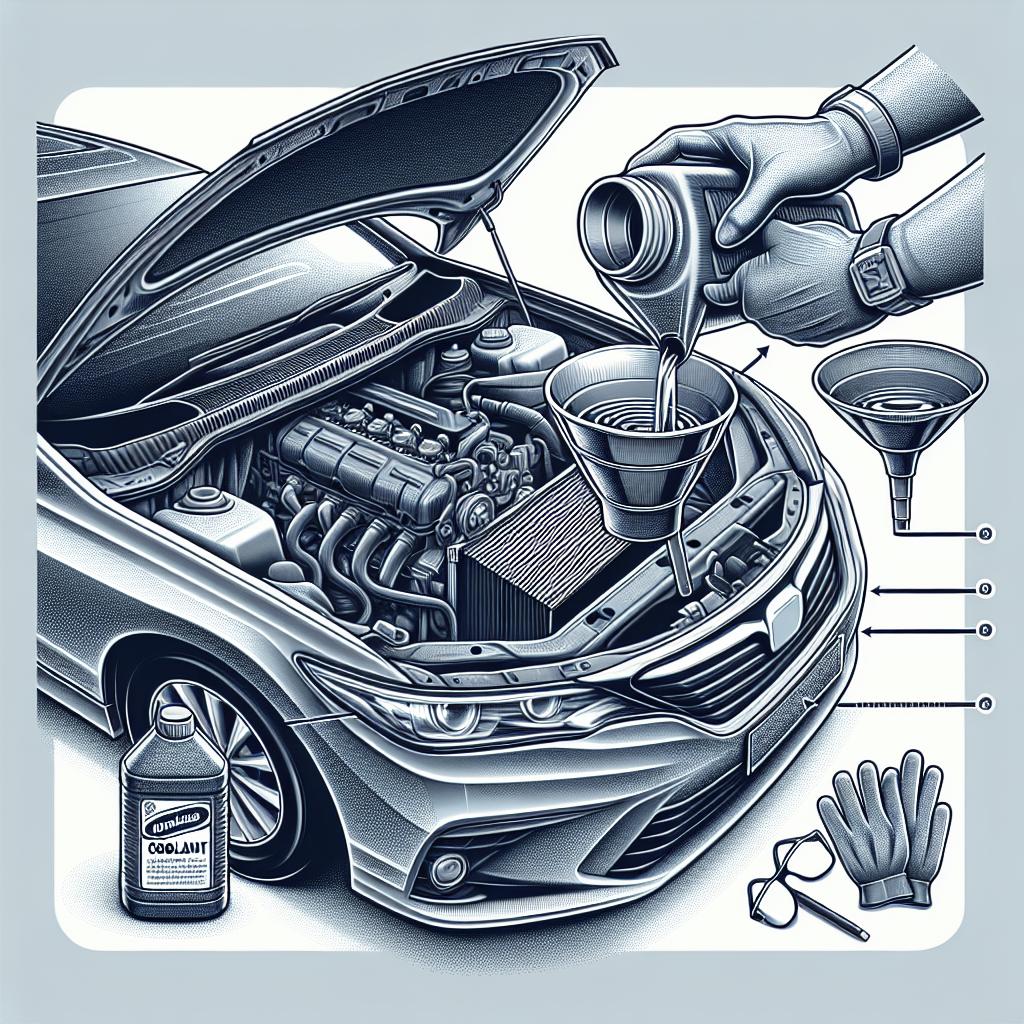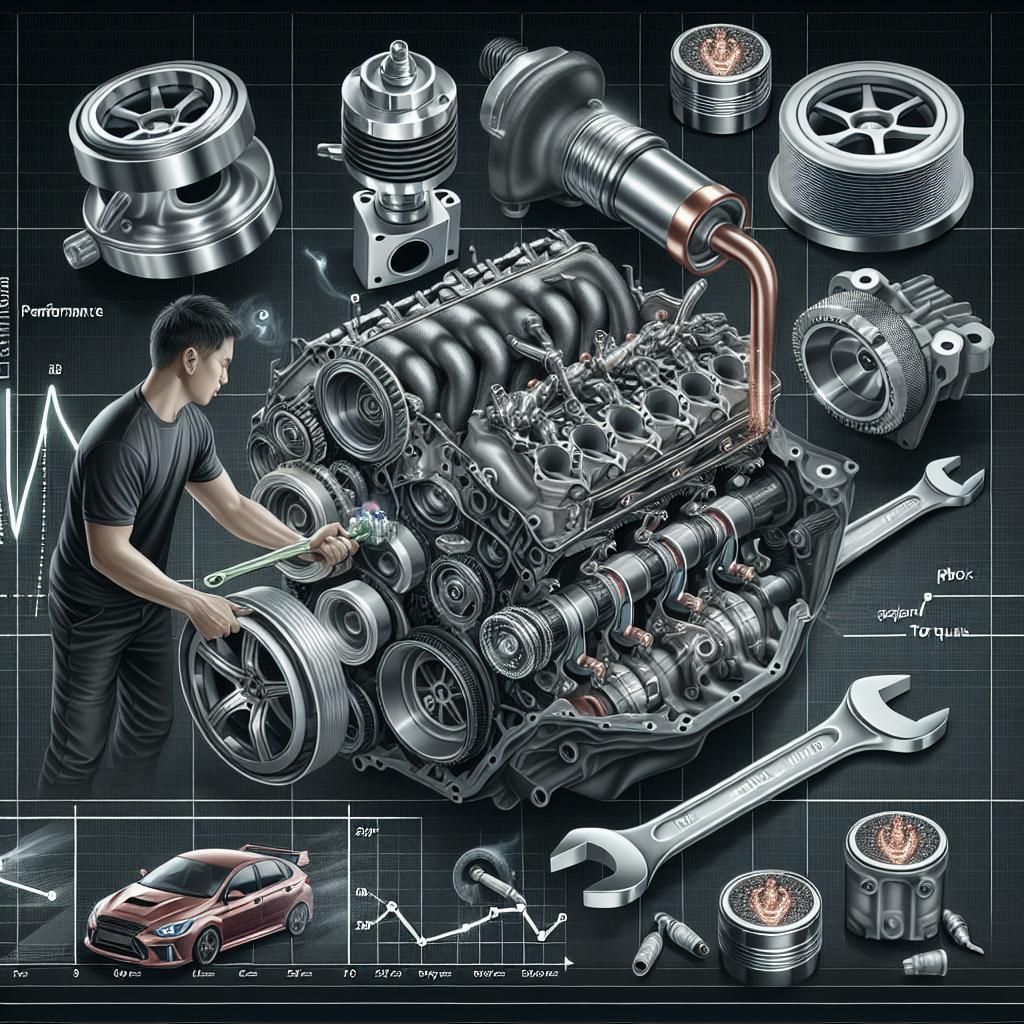“`html
How to Troubleshoot Car Electrical Issues
Car electrical issues can be daunting, leaving drivers stranded or frustrated with malfunctioning components. Whether your engine won’t crank, the battery is unreliable, the headlights are dim, or mysterious odors fill the cabin, understanding common electrical hiccups can be the key to resolving them effectively. This guide delves into typical electrical problems, offering insights and practical tips for troubleshooting. Whether a seasoned car enthusiast or a casual driver, knowing how to address these issues can save time, money, and energy. For those ready to take their diagnostic efforts a step further, Ride Time offers professional assistance to ensure your vehicle remains in top condition. Dive into the intricacies of automotive electrics and empower yourself with knowledge that will keep your car running smoothly.
The Engine Won’t Crank Properly
One of the most common symptoms of car electrical problems is when the engine refuses to crank. This issue could stem from a failing starter motor, which might not be engaging as it should. If you hear a clicking sound when turning the key, it could indicate insufficient power is reaching the starter. Checking the starter itself and any related connections is a good first step.
Another possible culprit is the car’s battery. A dead or weak battery will leave your engine powerless. Testing the battery with a multimeter can assess its charge level, and jumping the car may temporarily resolve the issue. However, if this becomes frequent, replacing the battery might be necessary. Additionally, ensure the battery terminals are clean and corrosion-free to guarantee a consistent flow of electricity.
You’re Experiencing Battery Problems
Battery issues extend beyond a simple lack of power. If you notice that your car’s battery is losing charge faster than expected, it could signify deeper electrical issues. Parasitic drains, due to improperly installed aftermarket electronics or failing electrical components, can silently consume battery power. To identify this, disconnect the battery terminal and use a multimeter to monitor the draw while the car is off.
Additionally, extreme temperatures can impact battery performance significantly. Cold weather makes it difficult for batteries to produce enough voltage to start a car, while excessive heat can accelerate the chemical reaction inside, leading to overcharging or a shortened lifespan. Park your vehicle in a garage or shaded area and regularly test the battery’s voltage to ensure it’s operating optimally.
Headlights And Other Lights Are Not Working Properly
Dim or flickering headlights aren’t just annoying; they’re a potential safety hazard. Start by checking the bulbs themselves – they might simply be burnt out and need replacement. If the bulbs are intact, consider examining the fuses related to the lighting system. A blown fuse can interrupt the circuit, leading to malfunction.
Another aspect of faulty lighting may be traced to wiring issues. Cracked or frayed wires can interrupt the electrical current, causing lights to flicker or fail. Inspect the wiring harness and connections for any signs of wear or damage. If identifying the problem seems too complex, professional technicians have the tools and expertise to trace and rectify electrical faults without risk to your vehicle.
Your Fuses Keep Blowing Out
Frequently blowing fuses suggests there might be an underlying electrical issue needing attention. Fuses are designed to protect electrical circuits by cutting off power when a circuit becomes overloaded. Repeated fuse failure often points to a short circuit, where electric current is bypassing its intended path and creating a fault.
Identifying shorts can be tricky, often involving isolating different parts of an electrical system to find the errant circuit. Use a multimeter to test for continuity within the circuit, and look for areas where insulation might be damaged. If you’re unable to isolate the problem, a qualified mechanic can offer more comprehensive diagnostics, ensuring the electrical system’s integrity.
You Smell Burning Plastic Or Electrical Insulation
A burning plastic odor is alarming and typically indicates severe electrical issues. This smell might arise from electrical overheating, inadequate wire insulation, or even faulty fuse boxes. If left unchecked, this could lead to more serious problems, including fire. Addressing such symptoms promptly is crucial.
To mitigate risks, disconnect the battery immediately if you notice burning smells. Inspect the wiring for any signs of melting or significant damage. Taking your vehicle to a professional repair shop is advisable, as qualified mechanics can perform in-depth inspections and repairs to prevent hazardous situations.
Come To Ride Time For A Thorough Diagnostic Servicing!
While troubleshooting at home can solve many electrical issues, some problems require professional intervention. At Ride Time, our team of experienced mechanics harness advanced diagnostic tools to pinpoint and rectify complex electrical faults. We offer comprehensive inspections to ensure all components of your vehicle’s electrical system are functioning as they should.
Book an appointment with Ride Time to experience not only the resolution of current issues but also preventative measures that can help avoid future inconveniences. Trust our expertise to keep your vehicle reliable and safe on the road.
Future Prospects
| Issue | Symptoms | Potential Solutions |
|---|---|---|
| Engine Won’t Crank Properly | Clicking sound, no response from engine | Check starter motor, test battery, clean terminals |
| Battery Problems | Drains quickly, poor performance in extreme temperatures | Test charge level, reduce parasitic drainage, proper storage conditions |
| Headlight Issues | Dim, flickering, or non-functional lights | Replace bulbs and fuses, inspect wiring |
| Blown Fuses | Frequent fuse blowouts | Identify and rectify shorts, use a multimeter for testing |
| Burning Smell | Odor of burning plastic | Disconnect the battery, inspect for damage, consult a professional |
Comments
We’d love to hear from you! If you have any questions, tips, or personal stories about car electrical problems, please share them in the comments below. Our community thrives on shared knowledge and helpful discussions.
“`


